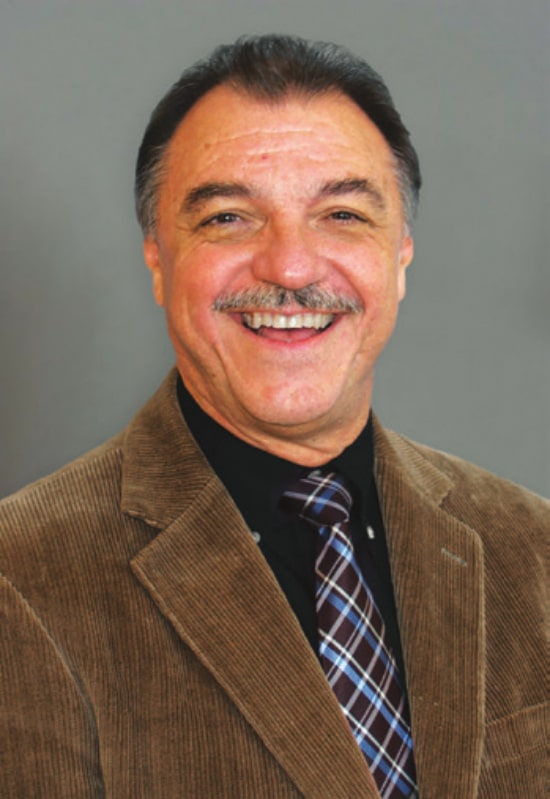By Ric Coggins
 As I walked to my car from the hospital lobby after my final treatment, I thought that the worst was behind me. According to the medical team, I had fared the ordeal better than most chemo patients, likely due to the fact that I went in so strongly. I had prepared myself with nearly a month of a “super food” diet and as much of the Hoxsey tonic I could get in before starting chemotherapy. During treatment, I had managed to not miss a day of work, keeping up with my responsibilities remotely by laptop. It wasn’t until I got home that the week of toxic exposure caught up to me.
As I walked to my car from the hospital lobby after my final treatment, I thought that the worst was behind me. According to the medical team, I had fared the ordeal better than most chemo patients, likely due to the fact that I went in so strongly. I had prepared myself with nearly a month of a “super food” diet and as much of the Hoxsey tonic I could get in before starting chemotherapy. During treatment, I had managed to not miss a day of work, keeping up with my responsibilities remotely by laptop. It wasn’t until I got home that the week of toxic exposure caught up to me.
My bodily fluids remained highly toxic for days after I stopped the chemo, which meant I needed to use a guest bathroom in my home that others were prohibited from using. I also began to experience waves of nausea and fatigue and some kind of neuropathy set in on the tips of my fingers so that I had little feeling in them. My face began to appear sunburned, then peel. As if I had not had enough exposure to poison in the hospital, I continued to take toxic drugs at home as well. Most of the pills were to combat the many side effects of the chemo. I tolerated what symptoms I could in order to take as few of the drugs as possible. Working became harder as the fog of what’s called “chemo brain” set in.
Three days after my last chemo dose, I returned to the Hoxsey regimen to begin restoring my ravaged immune system. I continued to fine tune my diet as I scoured the Internet, TED Talks and YouTube to learn which foods taxed the immune system and which nutrients enhanced it. Eating was no longer a random event based on what I was in the mood for, but rather a calculated opportunity to supercharge my body so that it could eliminate the remaining cancer cells.
Near the end of that first week after chemotherapy, a debate began to build between me and my wife. The doctors at Hoxsey had said that I would need “one, maybe two” rounds of chemo to slow the tumor growth enough that the natural-cure path could work. Our discussion now was whether or not to go through this again. The standard chemo schedule called for three weeks between rounds, which meant we now had two weeks to make our final decision.
When I received my cancer diagnosis, the disease had already settled in the lymph nodes in my throat and had spread to other parts of my body (perhaps even to my bones, according to one pathologist). Considering this, I could not rule out the second chemo round, just to be on the safe side. As my caretaker, and after seeing the damage of the first round of chemo, my wife Suzette became adamant that I would not receive any more treatments and that we would put all of our chips on the natural approach from here on out. Certainly, if there was a way to avoid another round, I was all for that!
That said, there was something the chemo oncologist told me that stuck in my mind, making it hard to disregard at least one more round. After some prodding, the doctor finally admitted that each round of chemo was believed to kill about 90 percent of the cancer. If that were the case with me, I now had only 10 percent of the cancer I started
with. Suzette believed that the cancer was at a size that the Hoxsey treatment and diet could handle from here. At times, she was literally in tears over how the initial chemo round had devastated my body. The fear of further heart and brain damage understandably terrified her. While I was certainly just as concerned about the potential for other permanent damage, I could not help but work the numbers. If the first round had beaten 90 percent of the cancer, a second round of chemo would then get 90 percent of the 10 percent left.
Even in the face of what seemed logical, Suzette drew a line in the Arizona desert sand and said no, I just could not do it. I knew that it was ultimately my decision, but in our 20 years of marriage I had never gone against her in a major decision like this. Once again, I found myself at a crossroads, not sure of which path to take.
Ric Coggins is a University of Arizona Master Gardener who grew up on a one- acre garden tended by his father, who was a regular contributor to “Mother Earth News” and “Organic Gardening and Farming” magazines. Ric continues his father’s green traditions on a one-acre organic garden urban homestead in Mesa called The Fool on the Hill Farm.






